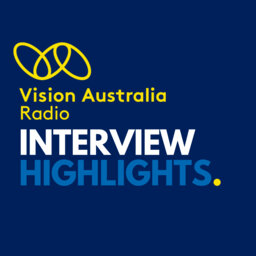Interview Highlight: Daniel Fenech
Sam catches up with Daniel Fenech, director of The Blind Sea which documents the life of blind surfer, paralympian and Vision Australia ambassador Matt Formston, as he heads to Nazare in Portugal to surf some of the biggest waves in the world.
The Blind Sea is set to release in cinemas around the country from August 11, and you can find a session near you and purchase tickets via good.film (external website), with 50% of profits from each ticket being donated to Vision Australia.
 Interview Highlights from Vision Australia Radio
Interview Highlights from Vision Australia Radio


